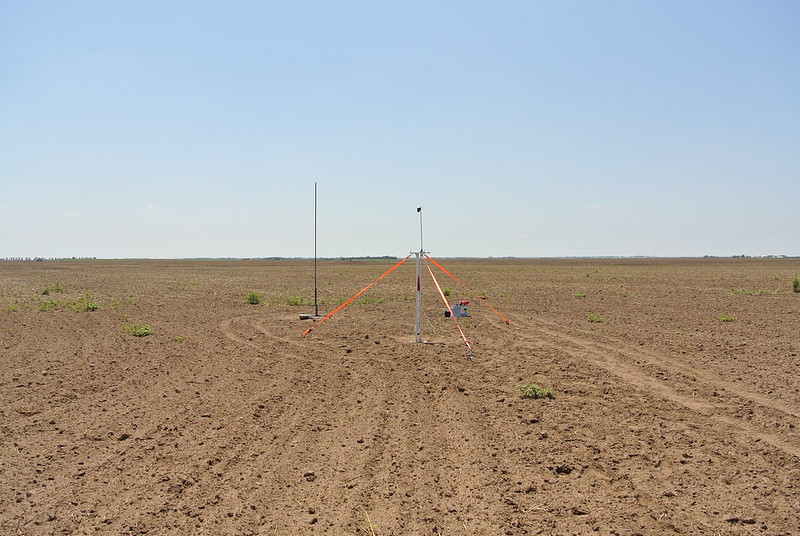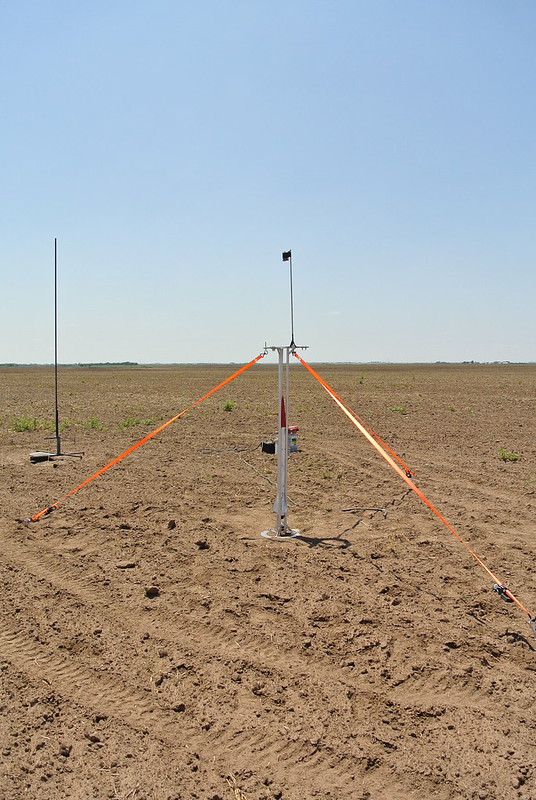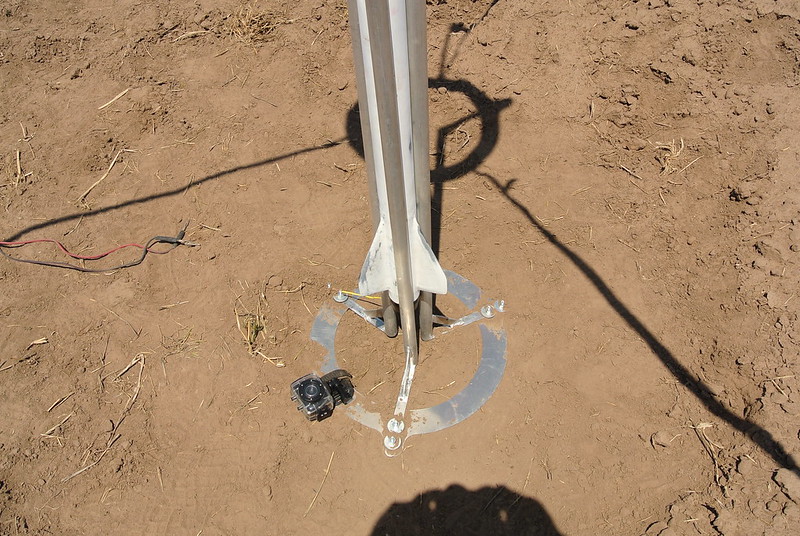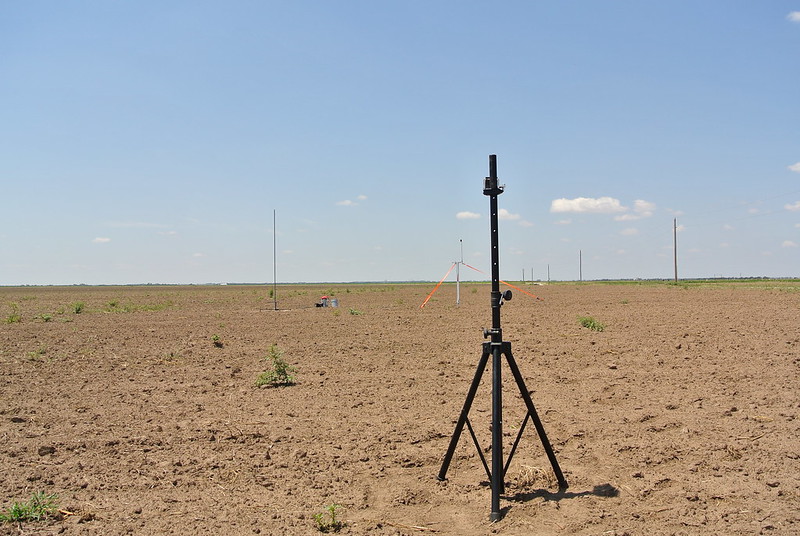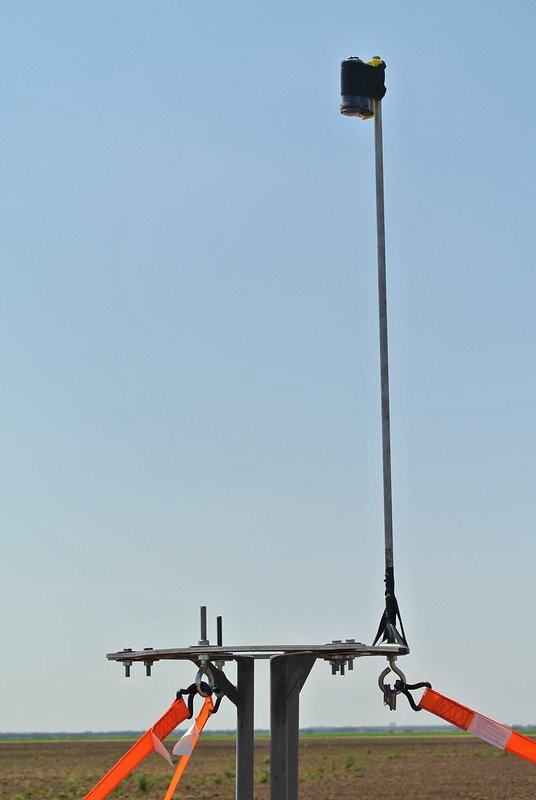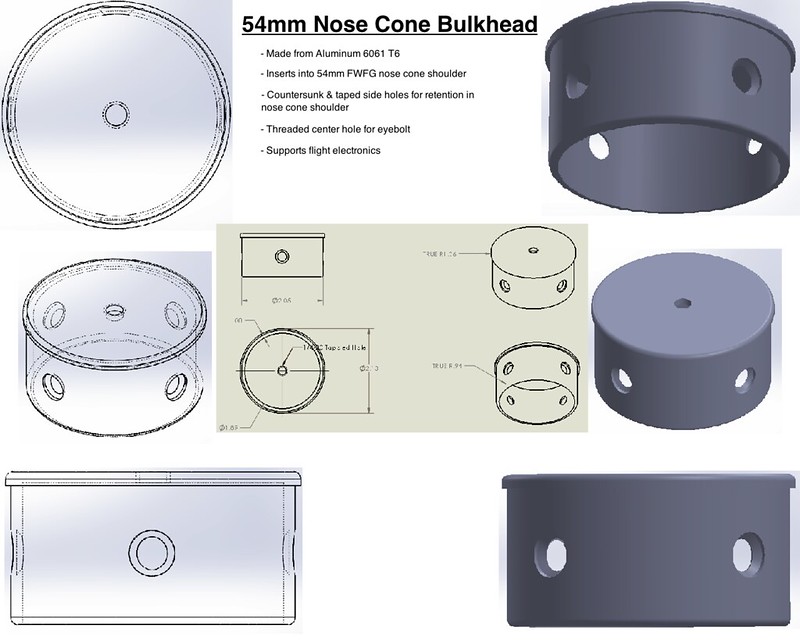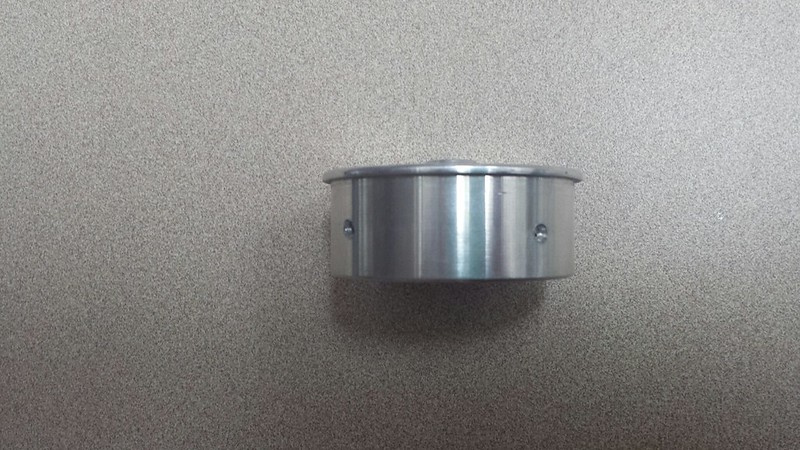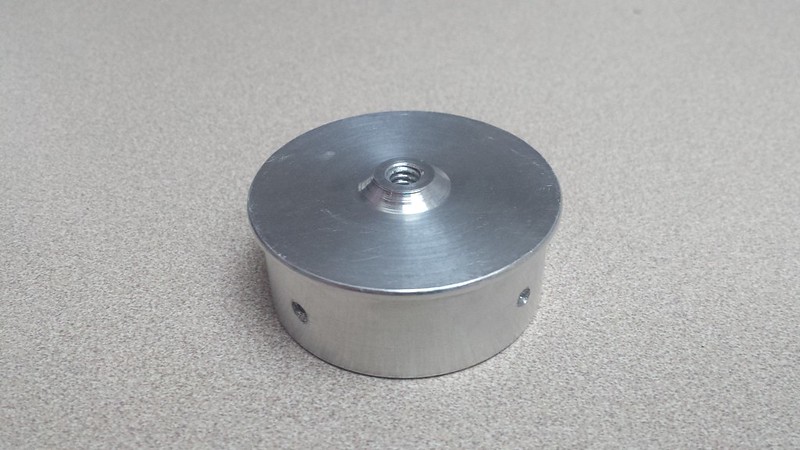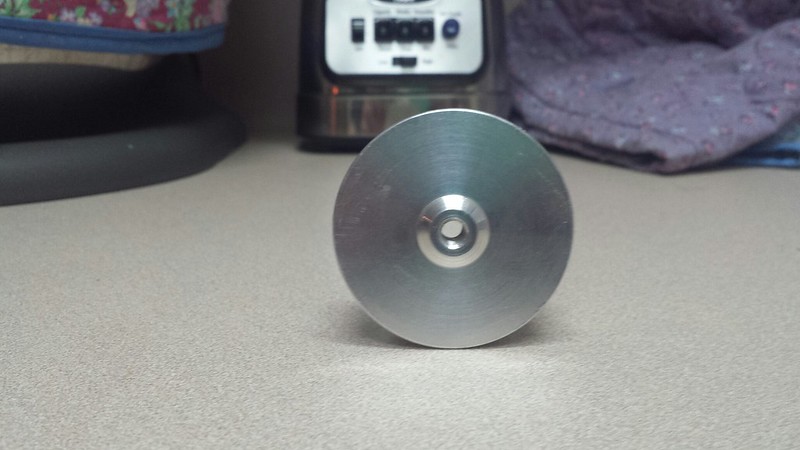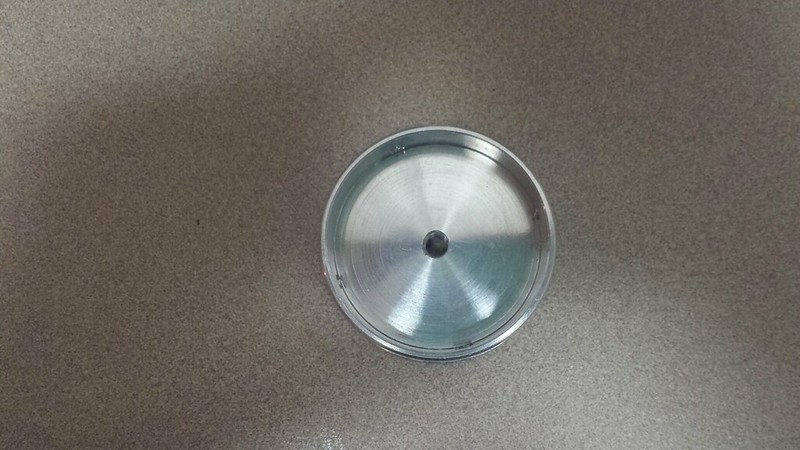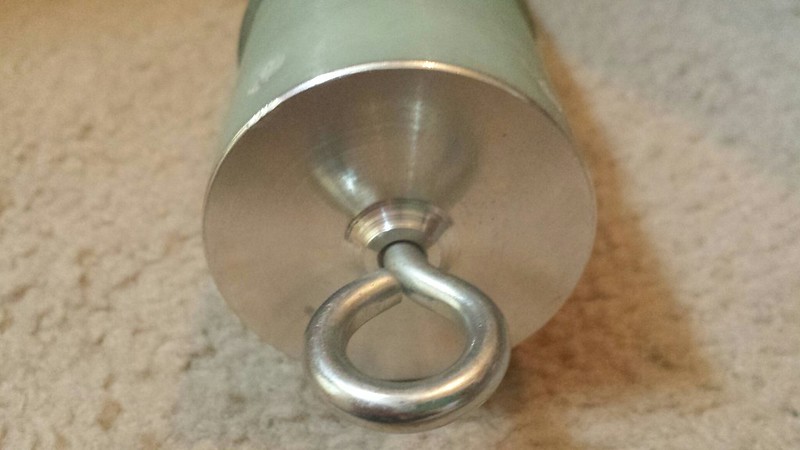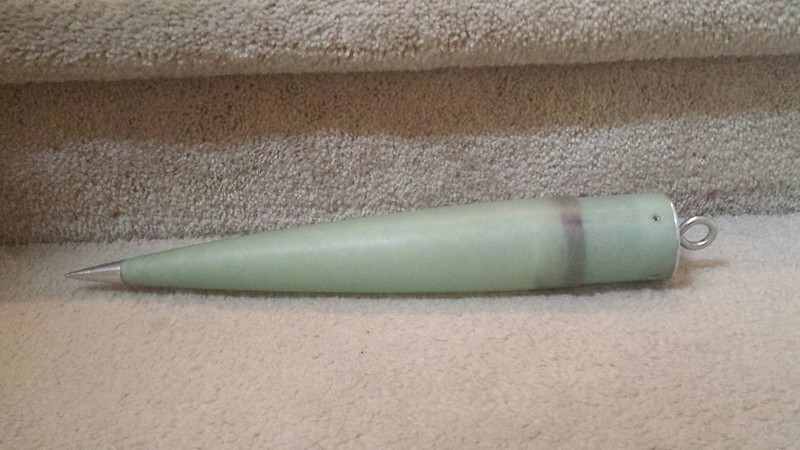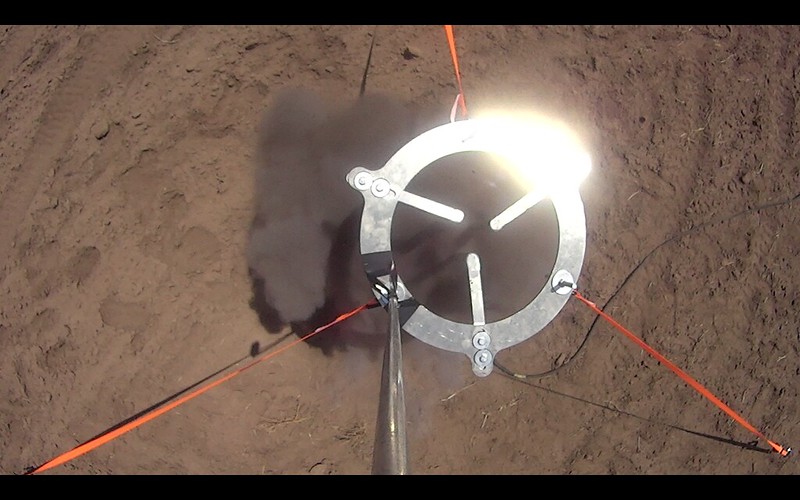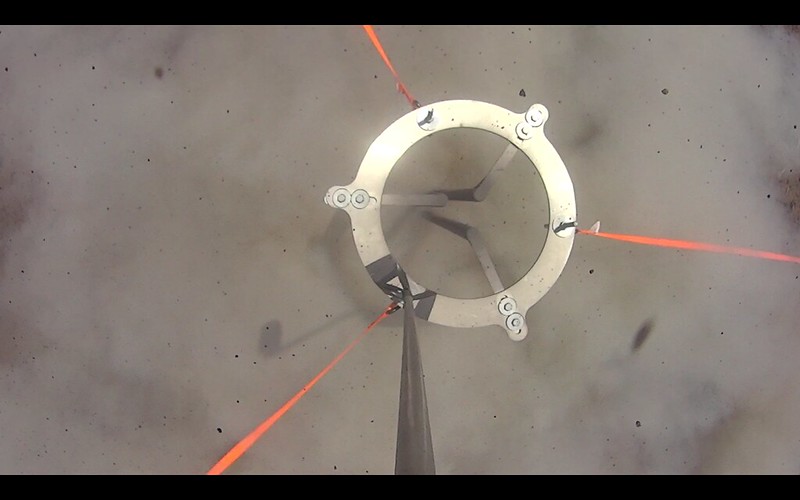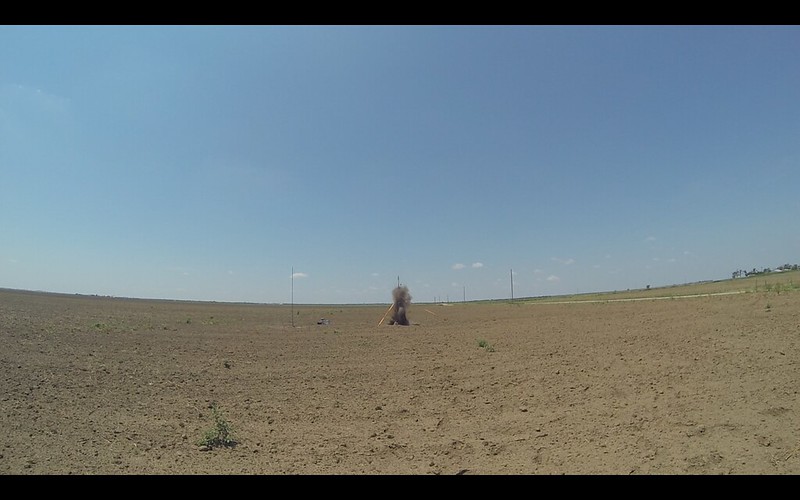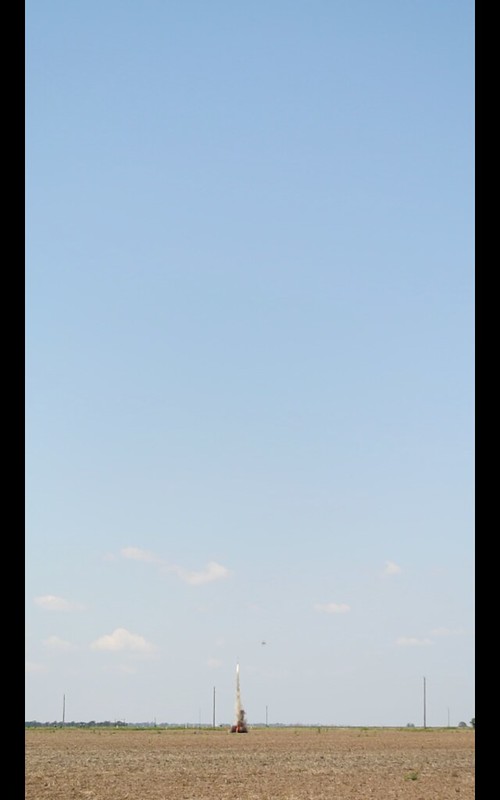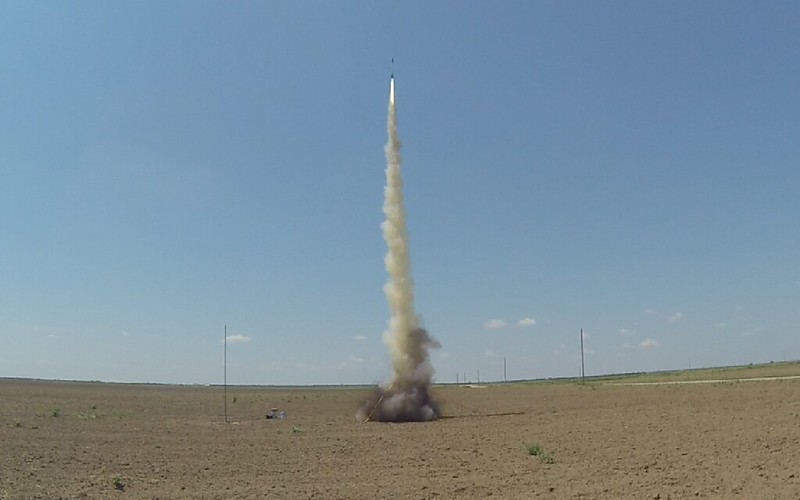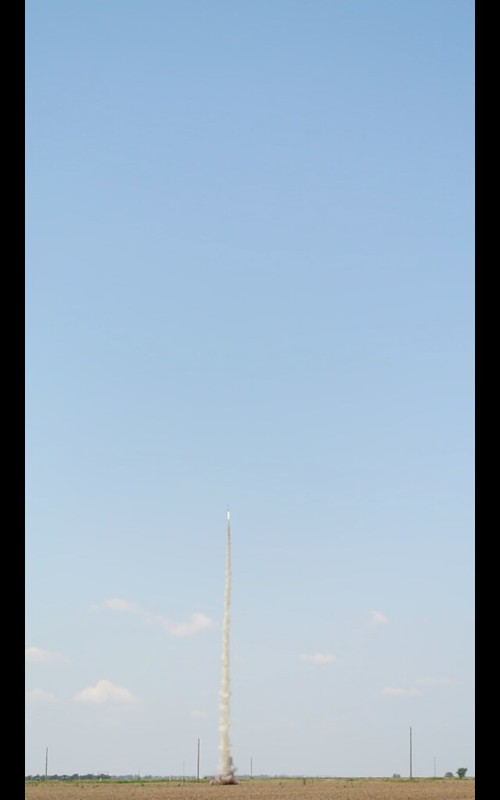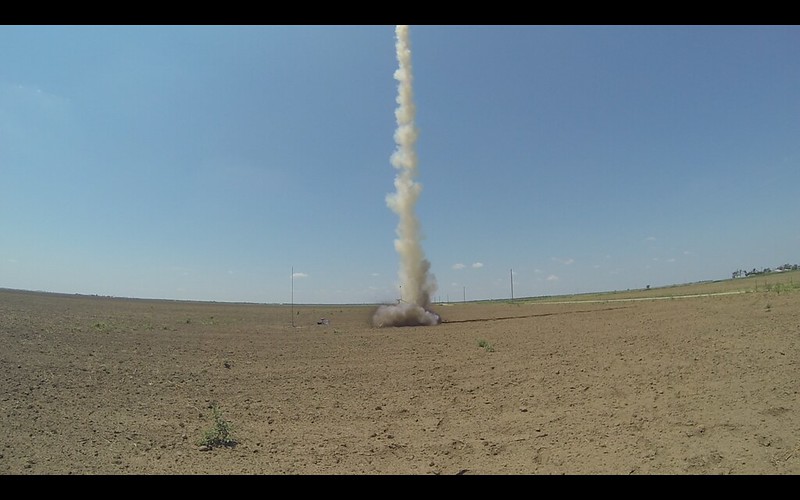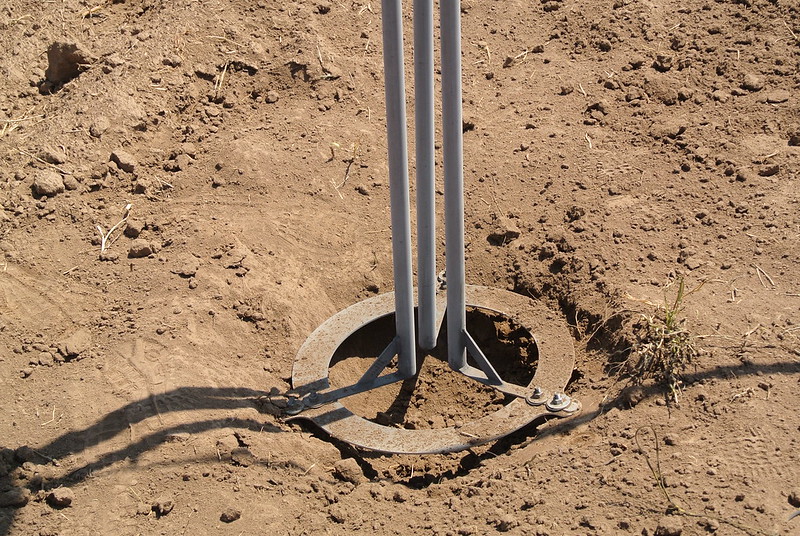A5tr0 An0n
Well-Known Member
- Joined
- Sep 29, 2012
- Messages
- 521
- Reaction score
- 10
Man I'm so jealous. The AIM XTRA 2.0 has got real slim. I really need to get it for my Mariah 54. By the way the AIM XTRA uses all the sensors to avoid the possibility of being fooled it has gone past apogee during super sonic transitions.
Nice e-bay set up.
Alexander Solis
Level 1 - Mariah 54 - CTI-I100 Red Lightning Longburn - 6,345 Feet
The AIM XTRA does have the Kalman filter and does utilize GPS deployment amongst other things. With that being said on this particular flight I set the AIM to ignore pressure data on the ascent. I am not sure if this is a requirement or not for the Kalman filter to be activated because in the programming box where you select to ignore, it is titled "Kalman Filter," so a bit confusing. I spoke with Gary and he said you did not have to set the board to ignore, but I chose to for added safety.




